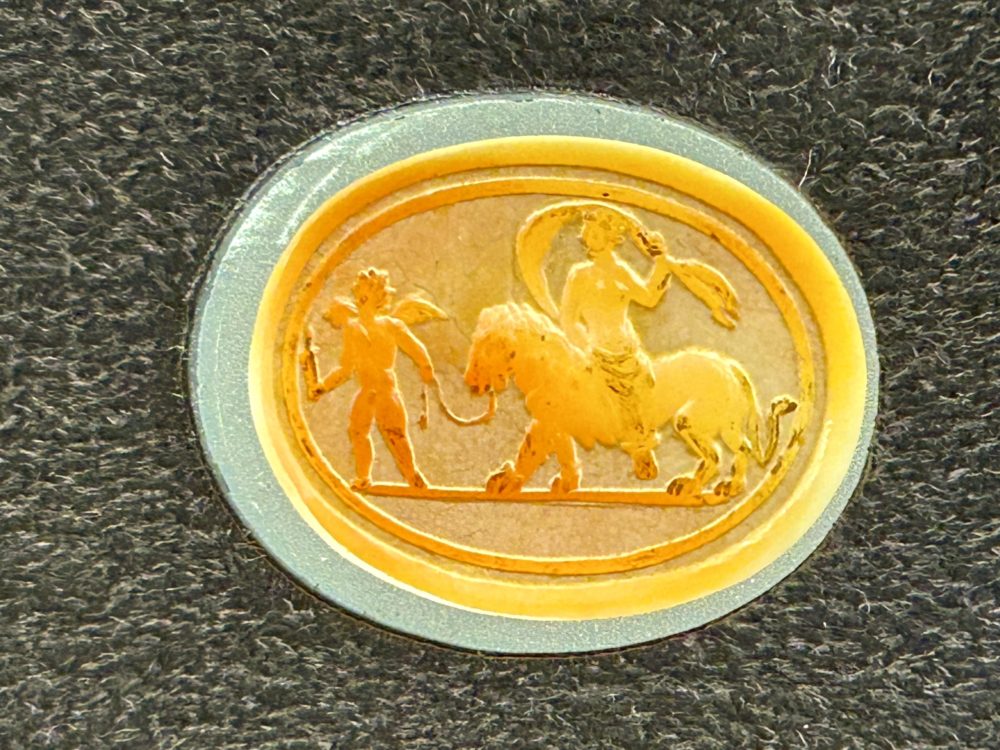The Glyptic Collection at the Quinta das Cruzes Museum in Funchal, Madeira, is a captivating showcase of the ancient art of engraving hard stones. This collection, comprising 112 pieces, offers a fascinating glimpse into the historical and cultural significance of glyptics, a term derived from the Greek verb “gliptw,” meaning to carve or engrave.
The Art of Glyptics
Glyptics involves the intricate engraving of hard stones, such as agate, onyx, and sardonyx, to create detailed images and figures. This art form includes both intaglios, which are engraved into the stone, and cameos, where the design is carved in relief. In archaeological terms, glyptics specifically refers to the study of engraved gems, both precious and semi-precious.
Historical Significance
The collection at Quinta das Cruzes is a testament to the diverse uses and aesthetic appeal of these minor works of art throughout history. Originally, engraved stones served as stamps to authenticate ownership and mark valued items. Over time, their functions expanded across different cultures and societies.
During the Roman era, glyptic art took on new roles. Engraved stones were used not only as stamps for letters and documents but also for marking wineries and wines. They adorned clothing, footwear, and even animals. Additionally, these stones gained apotropaic and prophylactic value, believed to protect health and prosperity and ward off evil.
Romans also developed a taste for collecting these engraved gems, dedicating them as gifts to the gods and using them for political propaganda. This multifaceted use of glyptics highlights their importance in ancient Roman culture.
The Collection at Quinta das Cruzes
The Glyptic Collection at Quinta das Cruzes is divided into two major groups. The first group, referred to as “old,” consists of 42 pieces, including one cameo in vitreous paste and 41 intaglios made from semi-precious stones like cornelian and vitreous paste. These pieces date from the early third century B.C. to the fourth century A.D., predominantly from the Roman period, showcasing a variety of engraved themes from that era.
The second group, termed “modern,” comprises 43 cameos, 25 intaglios, and 9 unique pieces. Most of these pieces are from the 18th century and feature cameos framed in gold, silver, and golden metal. The themes of these modern pieces often reinterpret classical motifs and portray historical or idealised characters such as Raphael and Dante.
Themes and Materials
In the ancient pieces, depictions of gods are prevalent, reflecting the religious and cultural significance of these engravings. The modern pieces, on the other hand, often feature reinterpretations of classical themes and portrayals of notable historical figures.
The materials used in the collection vary, with shells being the most abundant in the modern pieces. This diversity in materials and themes underscores the evolution of glyptic art over the centuries.
#GlypticArt #AncientEngravings #QuintaDasCruzes #HistoricalGems #RomanArt













